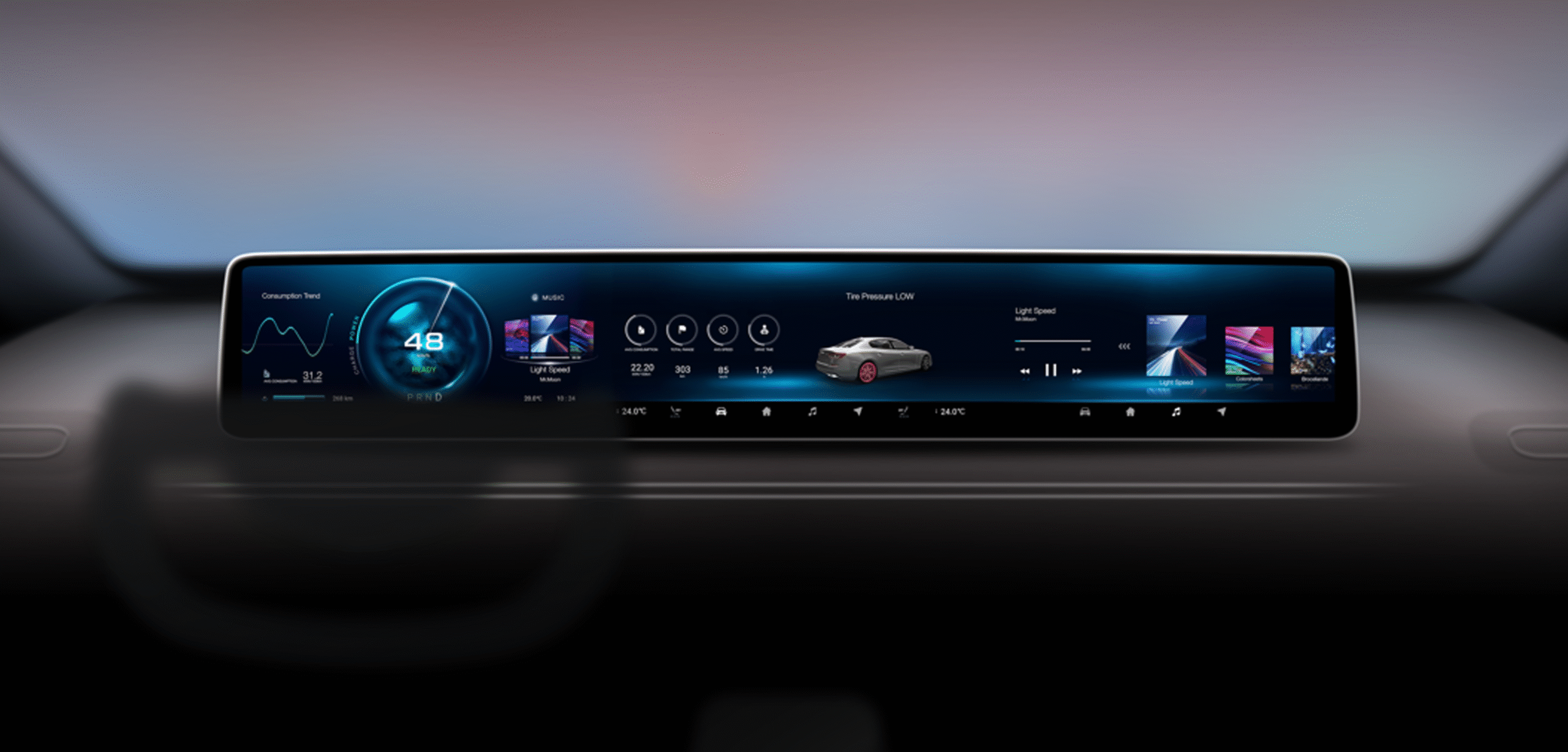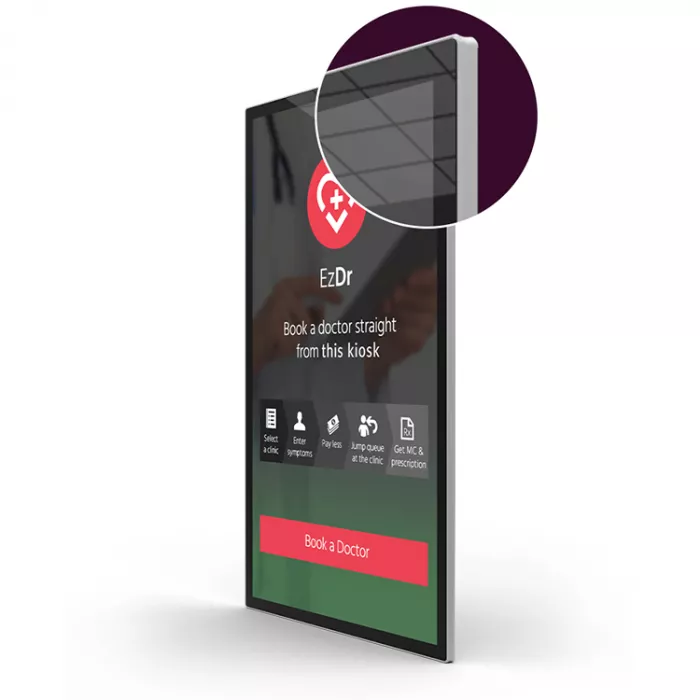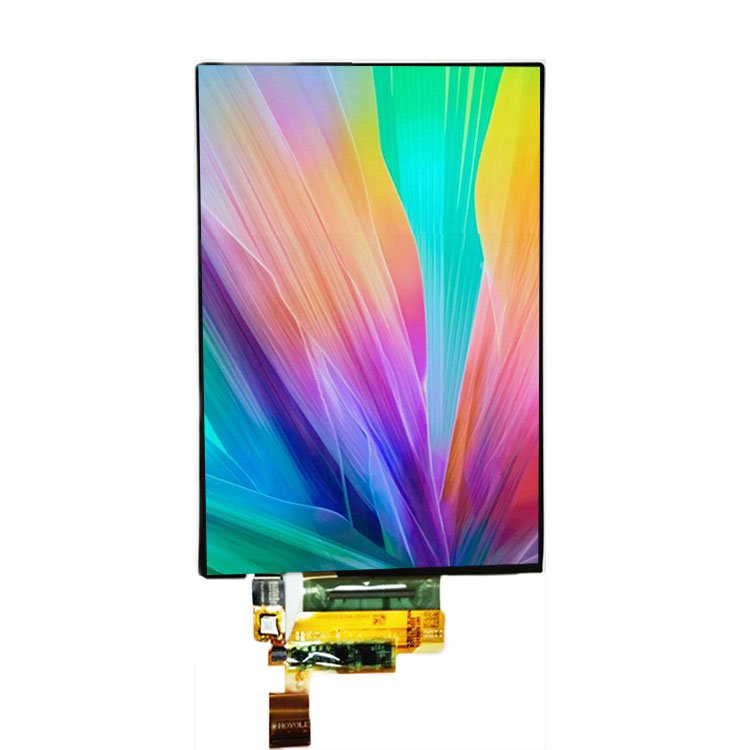What is an Automotive TFT LCD Display?
A TFT LCD (Thin-Film Transistor Liquid Crystal Display) is a flat-panel display technology that uses thin-film transistors to improve image quality and performance. In automotive applications, these displays are engineered specifically to meet automotive-grade standards, which means they must withstand extreme temperatures, vibrations, humidity, and long operating hours without performance degradation.
Automotive TFT LCD displays are widely used in:
- Digital instrument clusters
- Infotainment systems
- Head-up displays (HUDs)
- Rear-seat entertainment systems
- Advanced driver assistance system (ADAS) screens
Unlike consumer-grade displays, automotive displays are subject to AEC-Q100/AEC-Q200 qualification standards and must comply with ISO, SAE, and automotive OEM-specific requirements.
Why TFT LCD is Dominant in Automotive Displays
While OLED and MicroLED are emerging technologies, TFT LCD continues to dominate automotive applications due to:
- Proven Reliability – Decades of development make TFT LCD highly stable.
- Cost-Effectiveness – More affordable than OLED or MicroLED for large-scale production.
- High Brightness – Can reach 1,000–2,000 nits, essential for sunlight readability.
- Wide Temperature Range – Typically operates from -30°C to +85°C.
- Mature Supply Chain – Broad industry adoption ensures availability and support.
Key Technical Features of Automotive TFT LCD Displays
High Brightness and Contrast
Automotive displays must remain readable under direct sunlight. Most automotive TFT LCDs achieve ≥1000 cd/m² luminance and maintain good contrast even in outdoor conditions.
Wide Viewing Angles
With car interiors varying in driver and passenger positions, displays must maintain uniform color and brightness across wide angles, often ≥85° in all directions.
Wide Temperature Resistance
Automotive TFT LCD displays operate reliably from -30°C to +85°C, with some models extending up to +105°C for special applications.
Anti-Glare and Optical Bonding
To reduce reflections and improve visibility, most automotive displays integrate anti-glare coatings and optical bonding techniques.
Long Lifespan
Designed for 50,000+ hours of operation, ensuring durability over a vehicle’s lifetime.
Applications of Automotive TFT LCD Displays
Digital Instrument Clusters
Replacing analog gauges, TFT LCD clusters display speed, RPM, fuel, and ADAS alerts with customizable layouts.
Central Infotainment Displays
Large touchscreen panels, ranging from 7-inch to 15-inch, integrate navigation, multimedia, and connectivity functions.
Rear Seat Entertainment
High-resolution displays enhance passenger comfort with movies, apps, and internet browsing.
ADAS and HUDs
Displays provide lane departure warnings, adaptive cruise control visuals, and real-time navigation overlays.
EV-Specific Displays
Electric vehicles use TFT LCDs to show battery levels, charging status, and energy efficiency data.
Automotive TFT LCD Display vs Consumer TFT LCD
| Feature | Automotive TFT LCD | Consumer TFT LCD |
|---|---|---|
| Operating Temp | -30°C to +85°C | 0°C to +50°C |
| Durability | High vibration & shock resistance | Standard durability |
| Brightness | Up to 2000 nits | 300–500 nits |
| Lifespan | 50,000+ hours | ~20,000 hours |
| Regulatory Standards | AEC-Q100, ISO, SAE | General consumer standards |
| Cost | Higher due to automotive-grade requirements | Lower production cost |
Advantages of Automotive TFT LCD Displays
- Excellent Sunlight Readability – High brightness ensures visibility even in strong daylight.
- Long-Term Durability – Built to withstand vibration, heat, and humidity.
- Flexible Customization – Can be designed in round, rectangular, or curved formats.
- Scalability – Supports sizes from 3.5-inch small displays to 15-inch wide screens.
- Enhanced Safety – Enables real-time ADAS and HUD data visualization.
Challenges in Automotive TFT LCD Displays
Despite their advantages, several challenges exist:
- Energy Consumption: Larger displays draw more power, critical for EVs.
- Cost Pressure: Automotive OEMs demand competitive pricing despite stringent specs.
- Emerging OLED Competition: OLED offers deeper blacks and higher contrast but at higher cost and lower reliability in heat.
- Longevity of Supply: Vehicle lifecycles demand 8–10 years of component availability.
Recent Innovations in Automotive TFT LCD Displays
- Curved TFT Displays – Matching interior aesthetics of luxury vehicles.
- Haptic Feedback Integration – Enhancing touchscreen interactivity.
- Dual-Cell Technology – Improving contrast ratios closer to OLED.
- Mini-LED Backlighting – Offering local dimming and higher brightness.
- Transparent TFT Displays – Enabling futuristic HUD and window applications.
Automotive TFT LCD Display Market Trends
- Shift Toward Larger Displays – Cars now feature dual and triple-screen layouts.
- Integration with AI and Connectivity – Smart dashboards for autonomous driving.
- Customization by OEMs – Unique layouts for branding differentiation.
- Growth in EVs – EV dashboards rely heavily on TFT LCD for efficiency data visualization.
- Sustainability – Manufacturers focus on low-power, eco-friendly displays.
According to Market Research Future (MRFR), the automotive display market is projected to grow at 8% CAGR from 2024 to 2030, with TFT LCD remaining the largest segment.
Future Outlook
While OLED and MicroLED will gradually penetrate high-end vehicles, TFT LCD will remain dominant in the short to mid-term due to cost efficiency, proven reliability, and scalability. Expect to see:
- Hybrid display systems combining TFT LCD and OLED.
- Flexible TFT displays for next-gen cockpits.
- Integration with AI for adaptive layouts and personalized driver interfaces.
Conclusion
The automotive TFT LCD display is not just a component—it is a critical enabler of smart mobility. From ensuring driver safety to enhancing passenger entertainment, these displays bridge the gap between humans and machines inside modern vehicles.
As automotive technology evolves, TFT LCD will continue to adapt, integrating innovations like curved form factors, high dynamic range (HDR), and advanced connectivity. While OLED and MicroLED may take center stage in the future, TFT LCD will remain the backbone of automotive displays for years to come.














